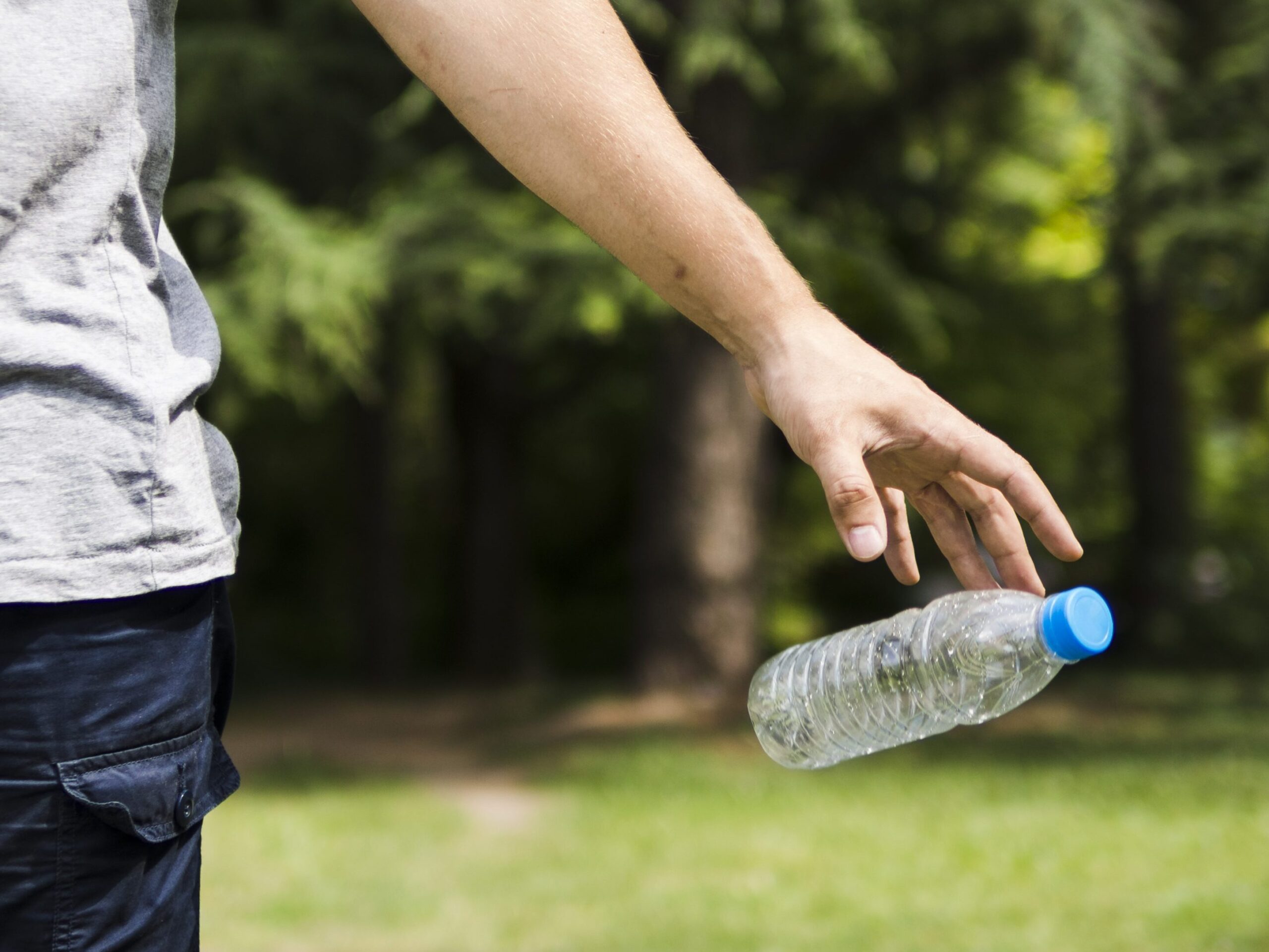
Have you ever seen someone toss trash out of their car window and thought, “Seriously?” Turns out, there’s science behind the madness. Let’s break down the psychology of litter and learn how we can help stop the cycle.
The Trashy Truth – Why People Litter (Even When They Know Better)
Litter is everywhere. Along Tennessee’s roadways, in our parks, and polluting our waterways. In fact, one recent estimate found over 50 billion (yes, billion) pieces of litter across U.S. roadways. That’s more than 2,000 pieces of trash per mile. The ripple effect on our streams, wildlife, and even our food chain is scary. So, why do people still litter?
Someone else will clean it up.
It’s a classic case of “not my problem” or diffused responsibility. When it’s everyone’s job, no one does it. Habits, laziness, and convenience often win over doing the right thing. The psychology of littering explains how this mindset creates complacency and the temptation of easy choices. People hesitate to act, thinking others will help instead. The rewarding path of taking initiative and making the right decisions can break this cycle.
We copy what we see.
If the ground is dirty, people are more likely to litter. When an area is dirty or littered, it often creates a perception that it is acceptable to add to the mess. This phenomenon is sometimes referred to as the “broken windows theory,” a key idea in the psychology of littering. But, on the flip side, if the area is clean, it inspires cleaner behavior. When people witness their peers picking up litter or properly recycling, they are more inclined to mirror those actions.
Peer pressure is real.
Remember that saying your mom asked you: “If someone jumps off a bridge, would you?” Turns out the answer is, kind of, yes. People tend to follow social norms. For example, if your friend tosses their cup, you might be inclined to do the same, even if you wouldn’t when alone. Social norms are powerful. They play a crucial role in shaping behaviors. Awareness of this can help you make more conscious decisions about your actions and influence others to do the same.
Flip the Script – 5 Ways to Stop Litter
It might seem like one person can’t make a difference, but think again. Most people don’t litter because they’re bad people. They do it because it feels normal. That’s where you come in. Your actions, no matter how small, can have a significant impact on the environment and the behavior of others.
1. Be the One Who Changes the Norm
When you choose to do the right thing, like picking up litter, tossing your trash in the bin, or reminding a friend to recycle, you show your friends that it’s cool to care. Next time you walk, consider picking up litter. On her YouTube channel ‘Go Gently’, actress Bonnie Wright (yep, Ginny Weasley) recommends picking up just five pieces a day. That’s almost 2,000 pieces a year, all because of you.
2. Join (or Start) a Cleanup
Grab a few friends, a trash bag, and hit a local park or trail. Don’t overthink it; just get out there. Every bag you fill is a win. Did you know? People participating in cleanups are twice as likely to reduce their littering habits. And someone who sees you doing it might think twice before littering next time. Not sure where to start? Check out our events calendar and join others who care as much as you do. Bonus: You might make a friend!
3. Show It Off
Yeah, we said it; post about it. A quick pic of your cleanup effort with a caption like “Nobody Trashes MY Tennessee” or “Leave it better than you found it” does more than just get likes. It shows others what taking action looks like. And people notice. Oh, and be sure to tag #NobodyTrashesTennessee. We’ll be sure to share your hard work on our page, too!
4. Speak Up
If you see someone litter, say something (politely). It doesn’t have to be a confrontation. A simple “Hey, I think there’s a trash can over there” goes a long way. 60% say they’d be less likely to litter if someone called them out. Just be respectful. Most folks don’t want to be “that person.” Sometimes, they just need a gentle reminder that their mom isn’t there to clean up after them.
5. Lead by Example
Bring your cute reusable water bottle or shopping bag. Pick up a stray can even when no one’s watching. Because, spoiler alert, someone is watching, and your quiet leadership might be why they change.hey change.
Real Change Starts Small
Litter is a visible problem, but the solution mustn’t be overwhelming. Each small action helps chip away at the larger issue. Whether you’re picking up trash during your morning walk, reminding a stranger to use a trash can, or participating in a cleanup event, you’re sending a message: this matters. And these small actions add up, shifting habits, influencing behavior, and sparking a chain reaction. When others see that you care, they’re also more likely to care. That’s how change takes hold – one intentional choice at a time.
Sources:
https://www.sciencedirect.com/science/article/abs/pii/S0065260108603305
https://www.waste360.com/industry-insights/the-psychology-of-littering



